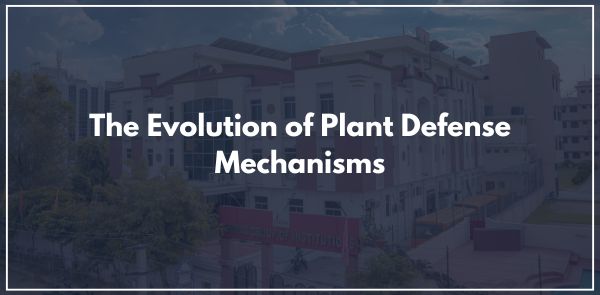
Plants have evolved a remarkable array of defense mechanisms to survive against herbivores and pathogens. At Poddar International College, students explore how these adaptations reflect evolutionary pressures. One key strategy is the development of physical barriers, such as thorns and tough leaves, which deter herbivores.
Additionally, plants produce chemical defenses like alkaloids and terpenoids, which can be toxic or repellent to attackers. These secondary metabolites not only protect plants but also play a role in attracting beneficial insects. Research at Poddar International College emphasizes the importance of these chemical signals in the co-evolution of plants and their predators.
Moreover, some plants exhibit induced defenses, activating their protective mechanisms only when attacked. This efficiency showcases the evolutionary trade-offs plants navigate, balancing growth and defense.
Recent studies highlight the role of signaling pathways, such as jasmonic acid, in coordinating these responses. Understanding these intricate systems at Poddar International College prepares students for advancements in agricultural practices, promoting sustainable crop management and enhancing resistance to pests.
Poddar International College's efforts in educating students in precision agriculture and remote sensing techniques are instrumental in transforming sustainable agriculture.
Through this exploration, the evolution of plant defense mechanisms reveals the dynamic interplay between organisms and their environment, a crucial aspect of biological research.